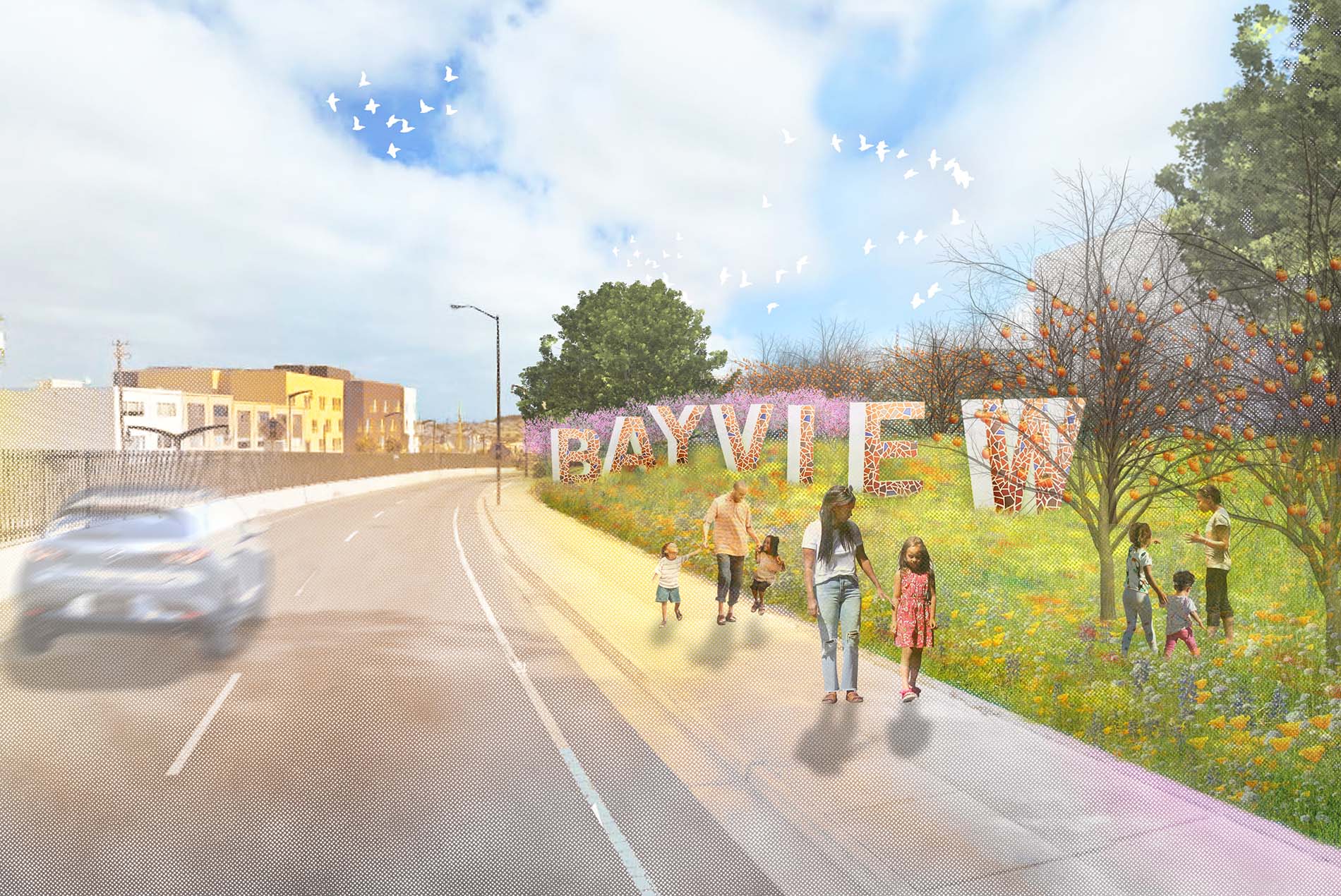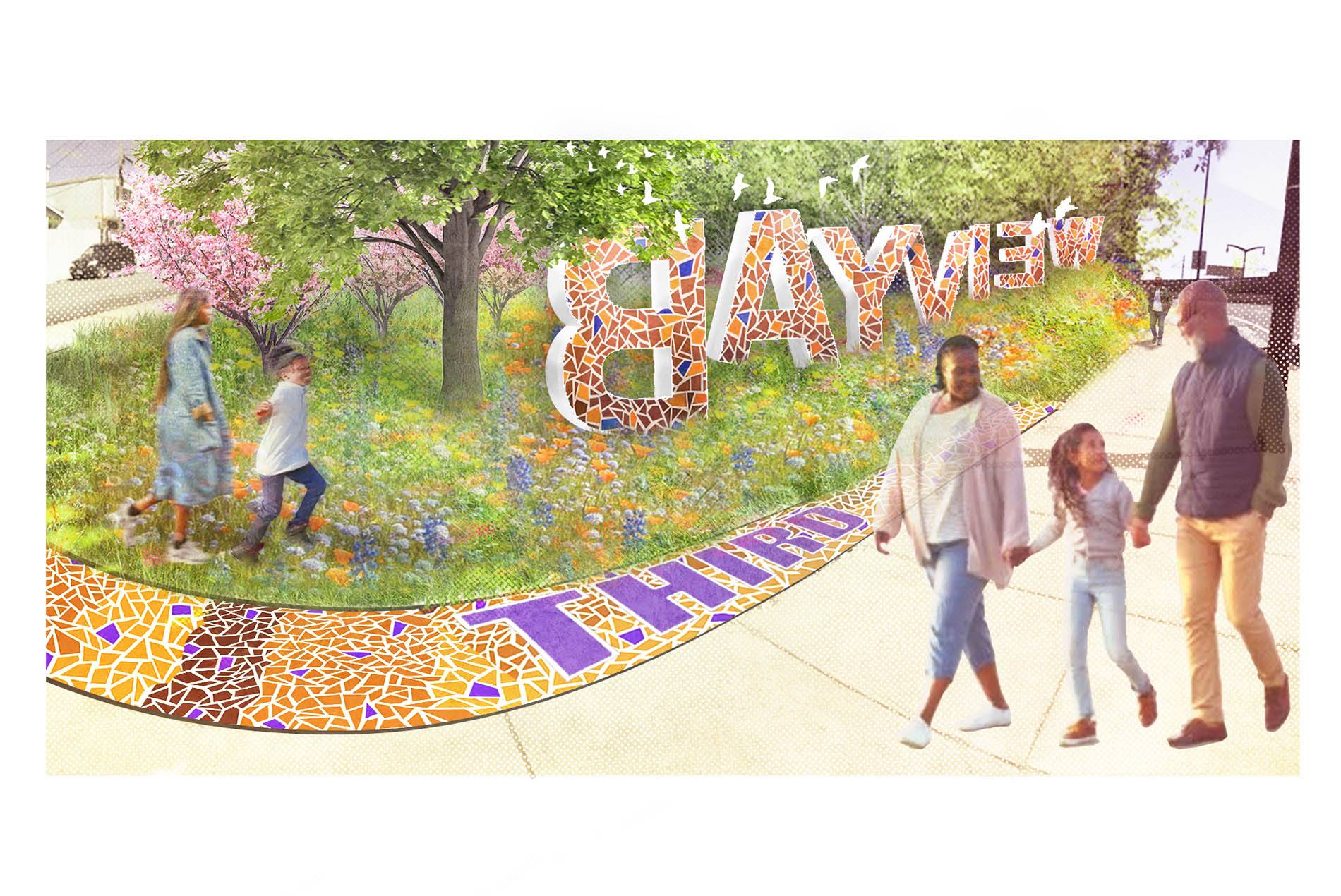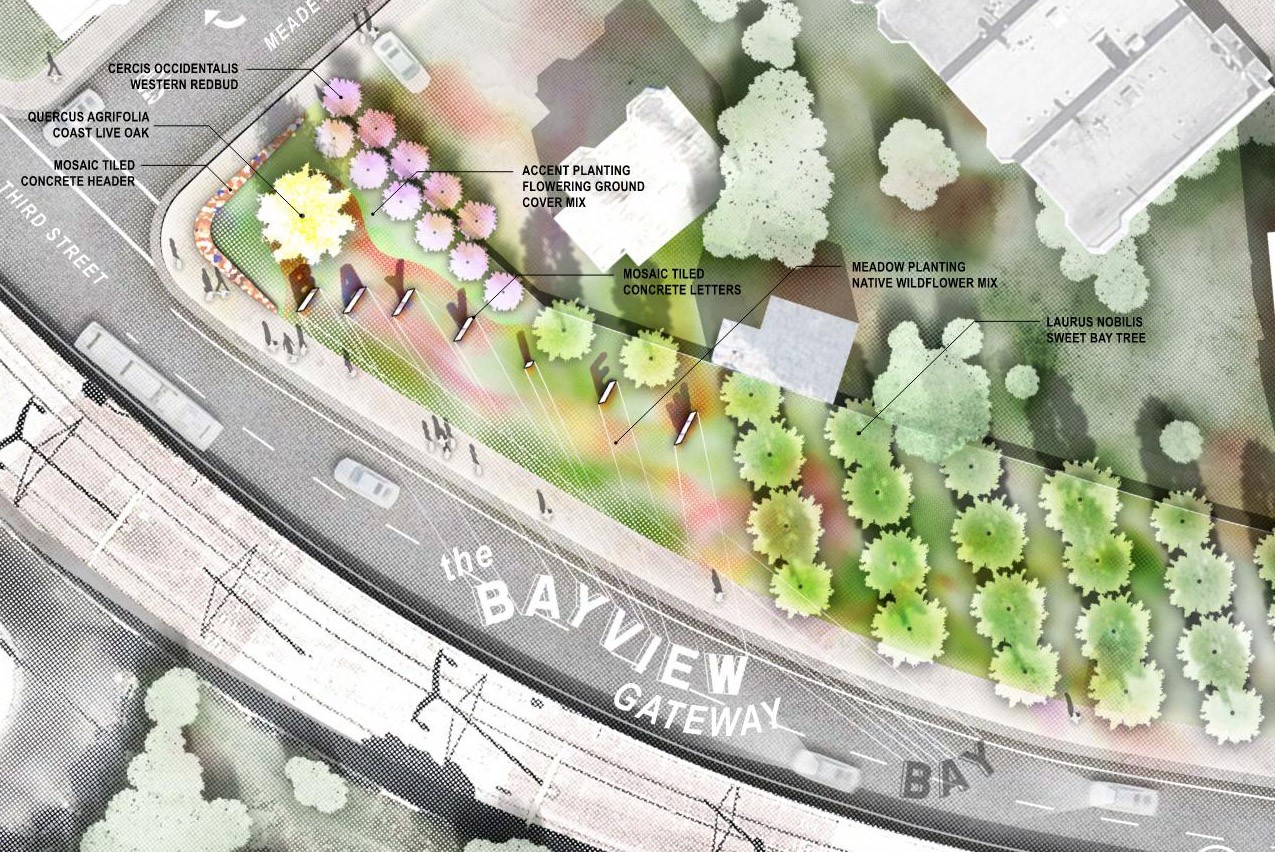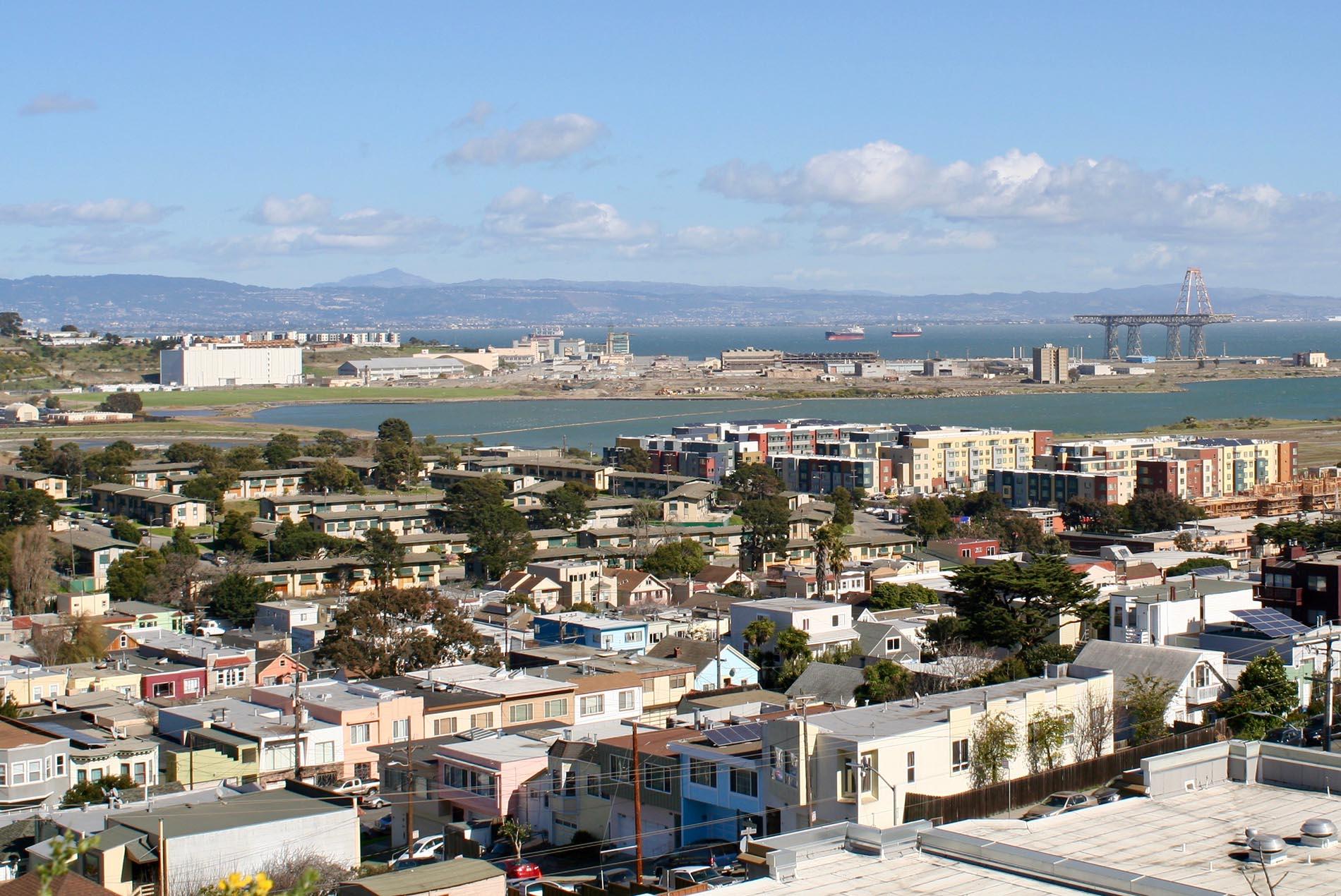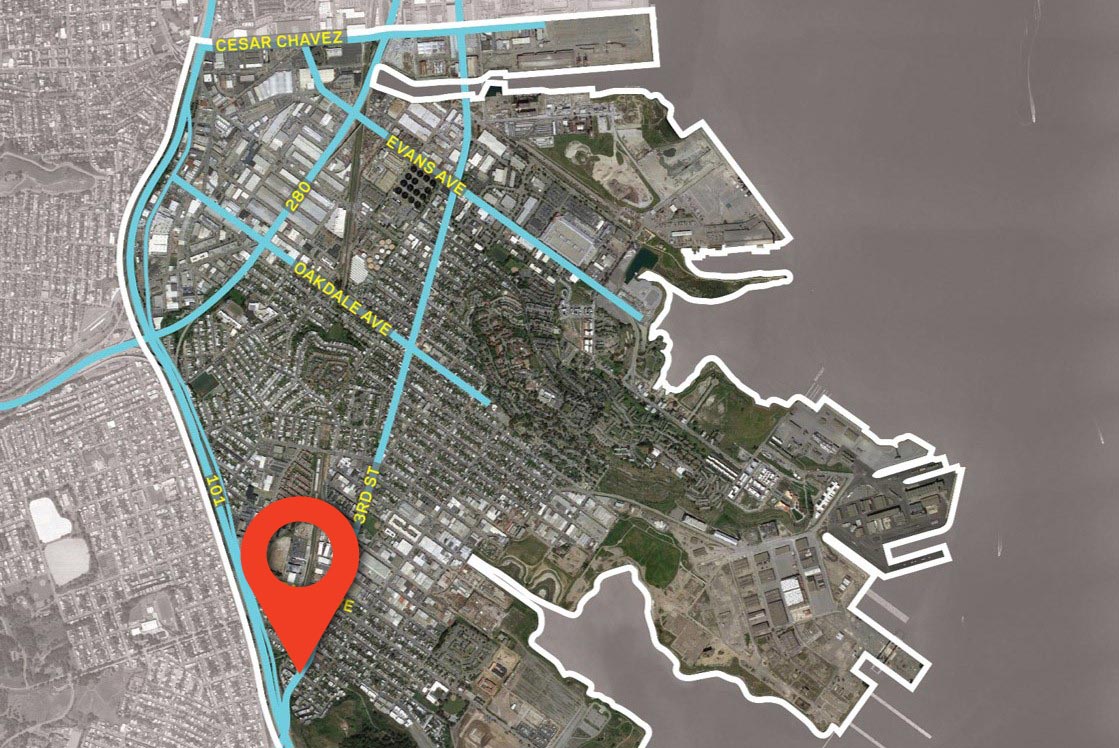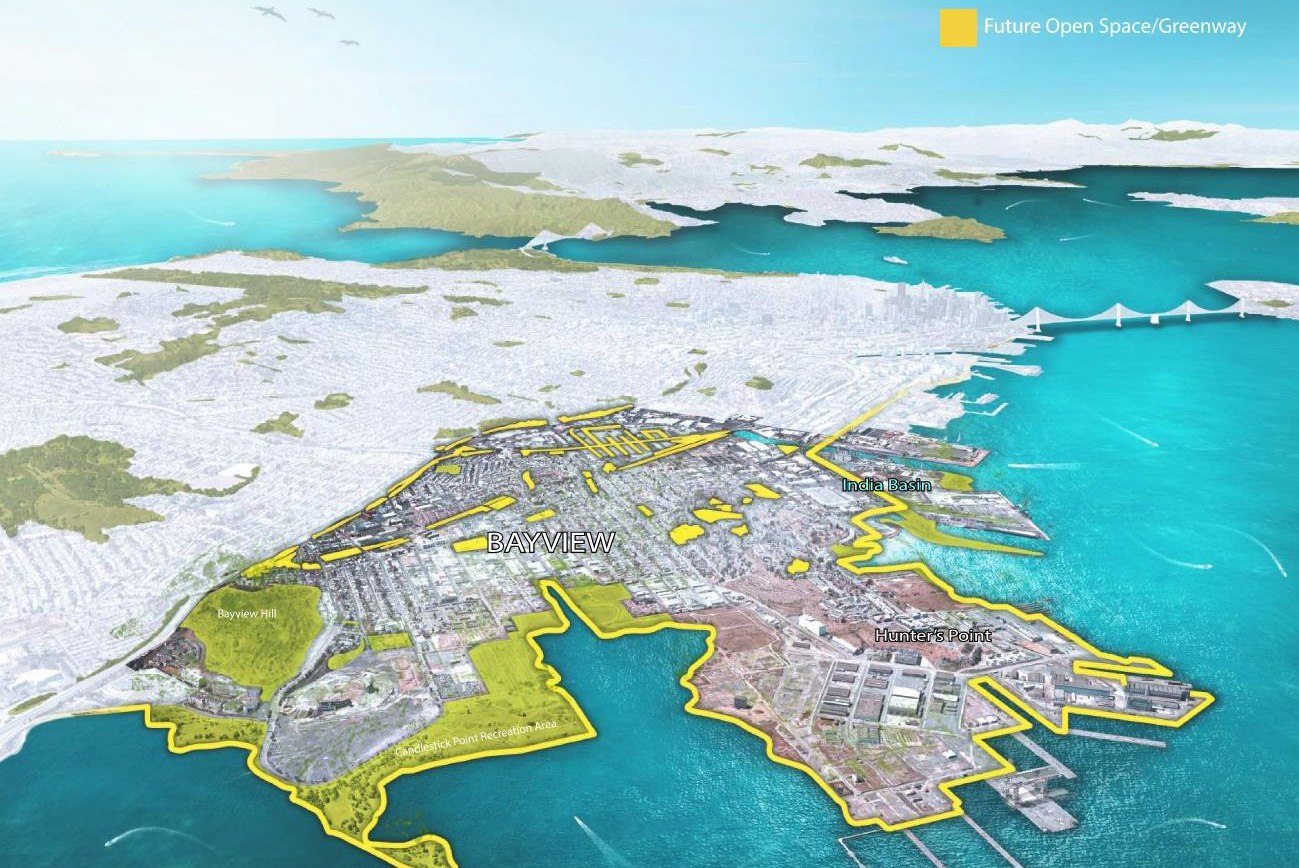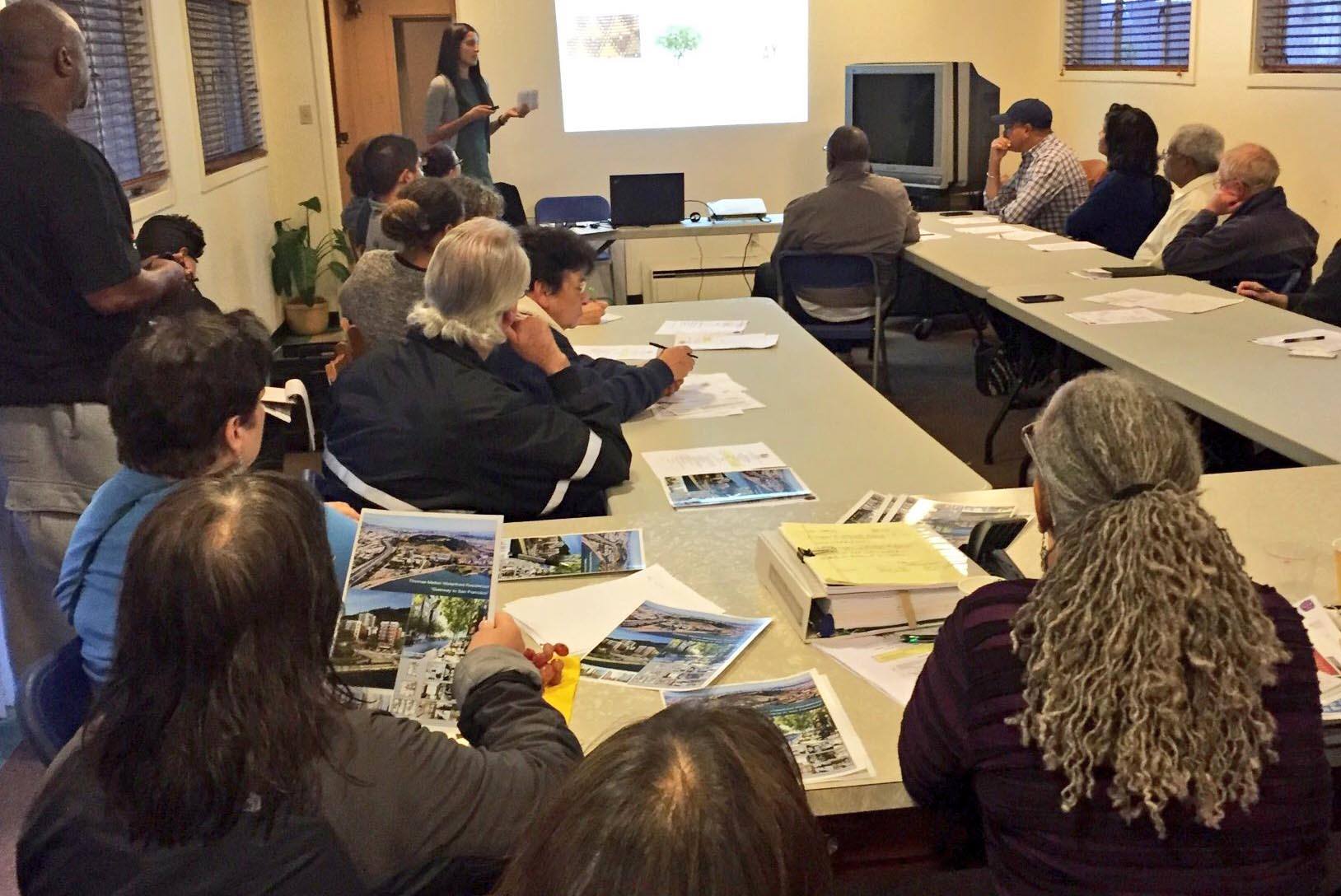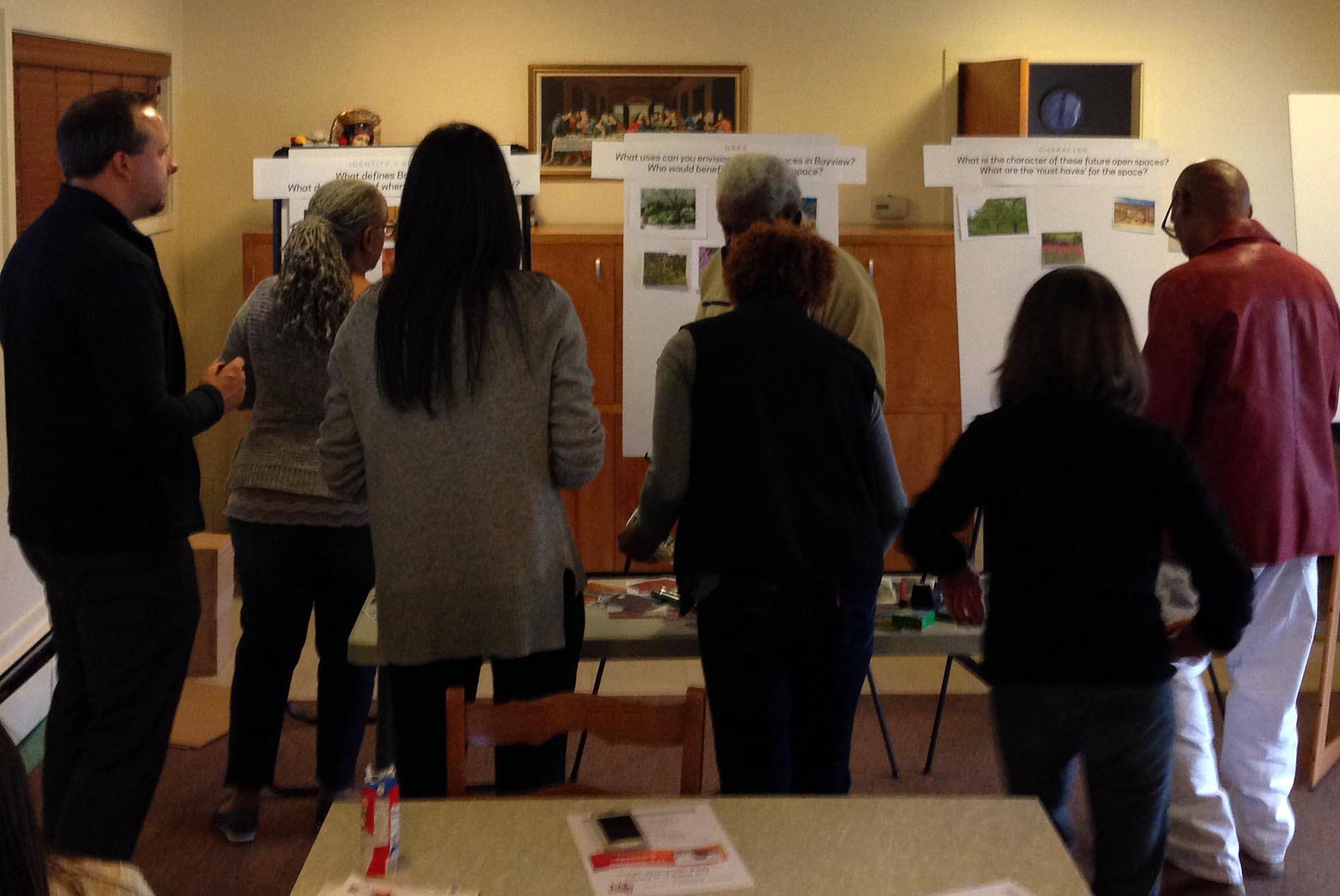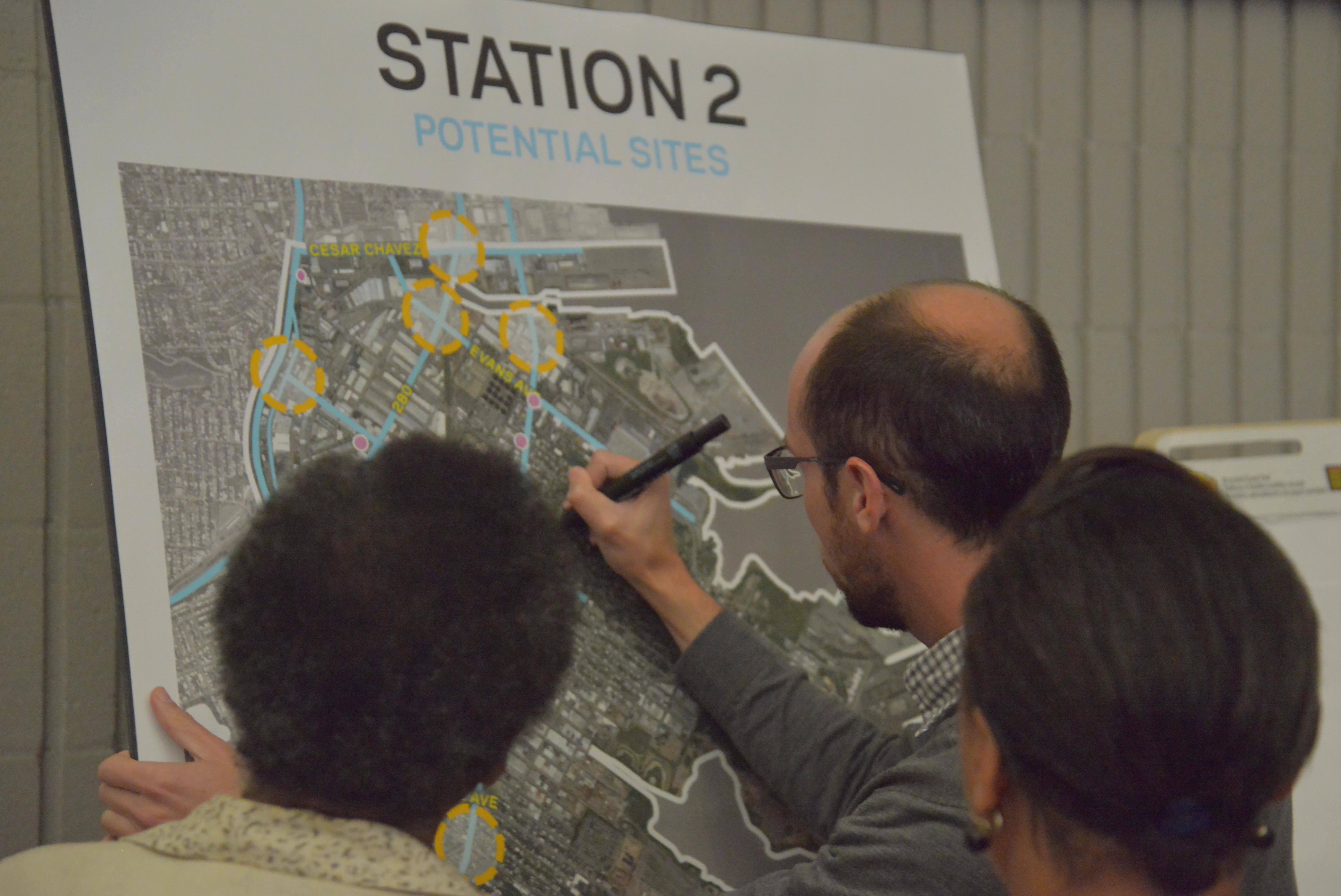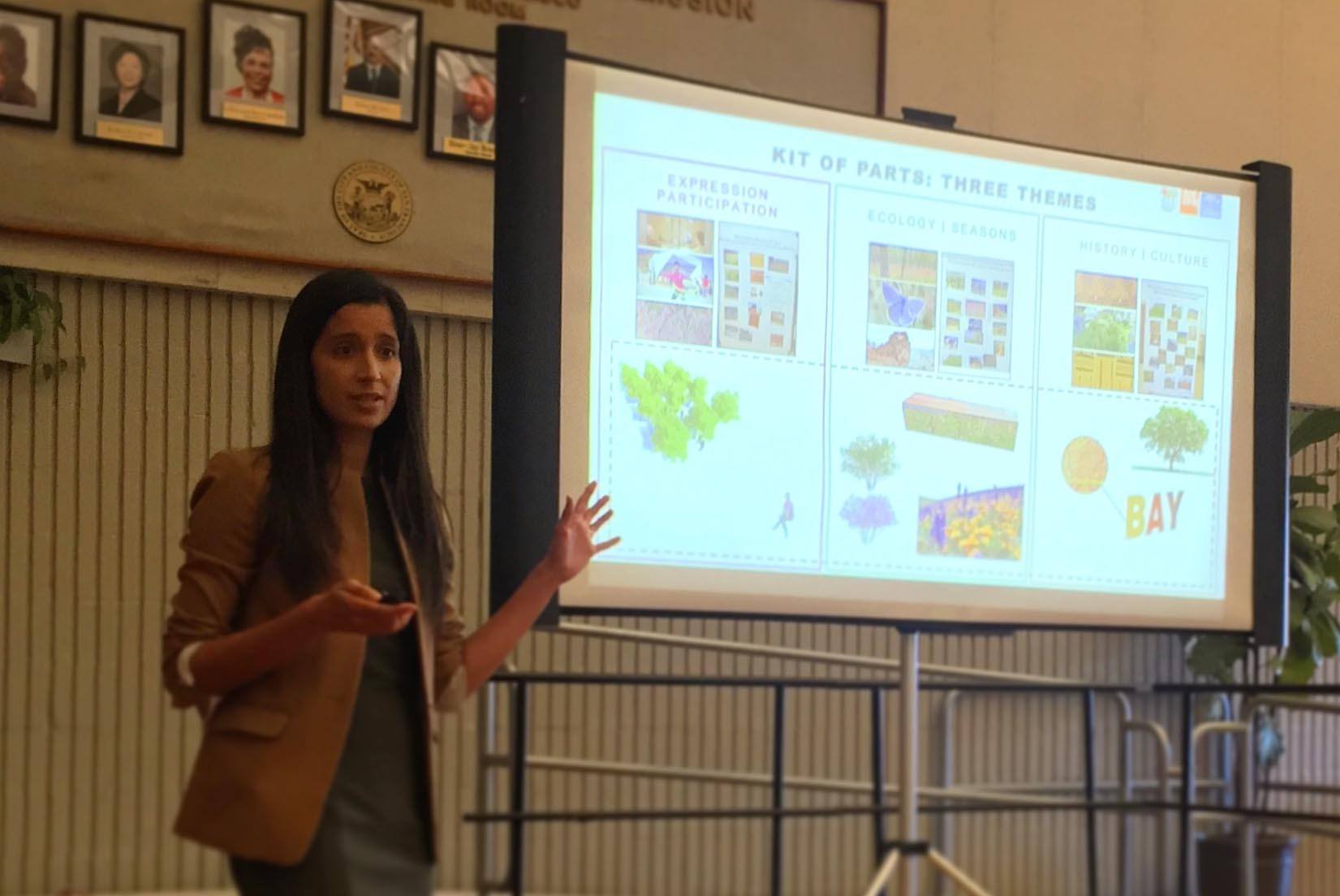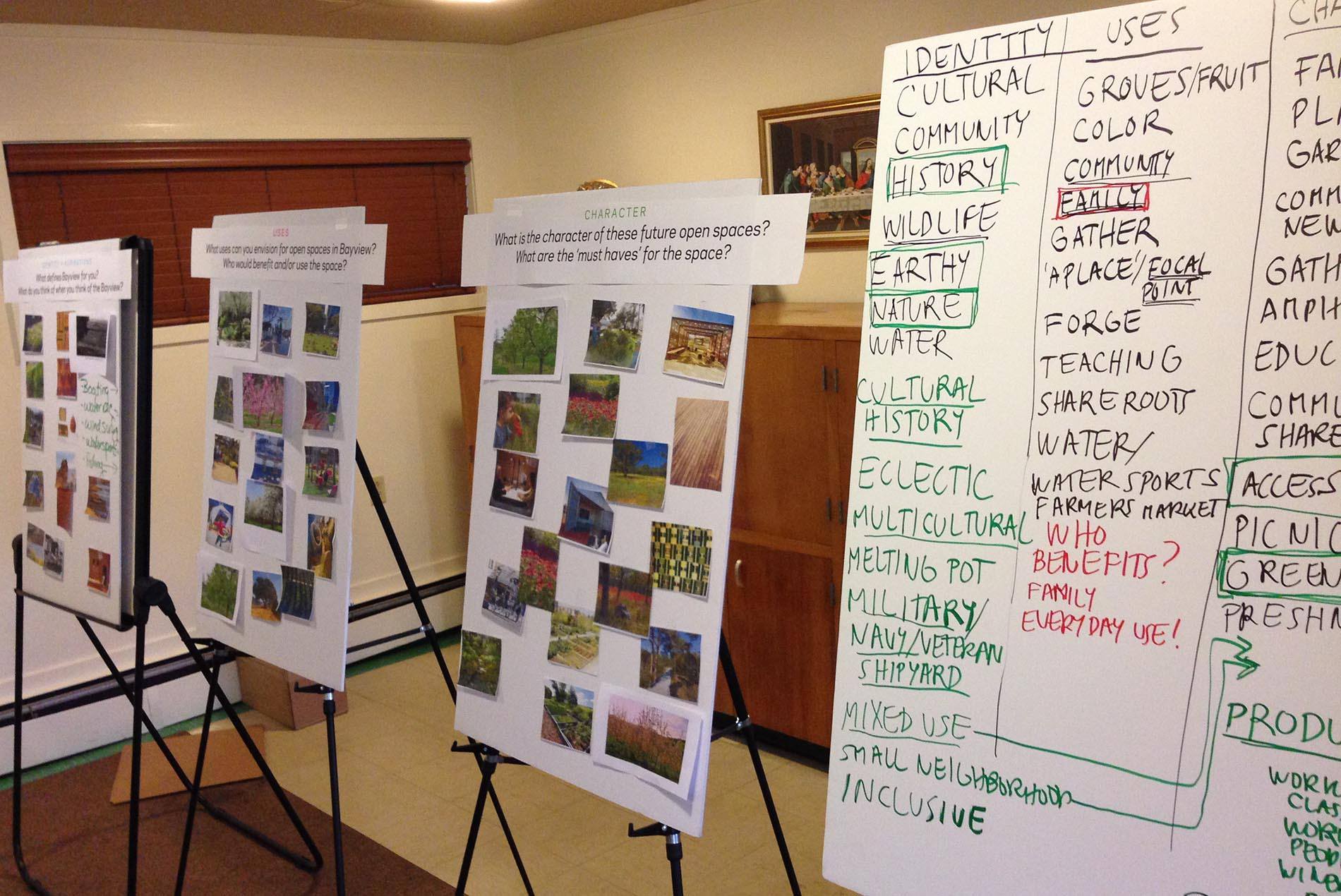How can residents of a long-neglected city neighborhood reestablishing a sense of community, improving their health and reclaiming their power? By reclaiming their land.
HOK helped people living in southeast San Francisco’s diverse Bayview neighborhood develop a vision, master plan and design guidelines for a cohesive network of open spaces and public parks throughout their neighborhood. Our team also helped seek funding opportunities and secure grants for the park projects.
The Bayview is San Francisco’s largest and fastest-growing neighborhood. Over the past half century, city infrastructure development including transit, electric, wastewater treatment, plumbing, recycling and food distribution have divided its streets and ruptured community connections.
With so much new development slated for the area, neighborhood leaders believed it was imperative to identify and preserve much-needed green spaces. In addition to the obvious health benefits the parks would bring, they would create a strong sense of place to combat future gentrification.
HOK’s design team, working pro bono, partnered with the Bayview Hill Neighborhood Association and San Francisco Department of Public Works to identify abandoned post-industrial parcels of land that were candidates for reimagining. While most of these pieces of land were small, they added up to a rich tapestry of future green spaces.
The team engaged residents to brainstorm what truly defines the Bayview, the different uses they envisioned for the spaces and their desired image. Out of these sessions emerged three values to inform the design of all new public parks:
- Allow for expression and participation.
- Incorporate the local ecology and natural environment.
- Highlight the local history and rich culture.
Located at the intersection of Meade Ave. and 3rd Street, the first gateway park beautifies and marks the entrance to the neighborhood next to Bayview Hill, which features endemic flora and fauna and massive rock outcrops. Landscaping, plants and colorful signage come together to welcome visitors in a rejuvenating green space. A set of 10-foot-high letters made of cast-in-place concrete and overlaid with mosaic tile with colors celebrating the community’s African and Native American heritage spell out “BAYVIEW.”
This community-driven design effort is elevating the Bayview’s identity while advancing broader goals for transforming it into a healthier, more equitable neighborhood. It can serve as a prototype for other communities attempting to address open space, gentrification and environmental health inequities.
